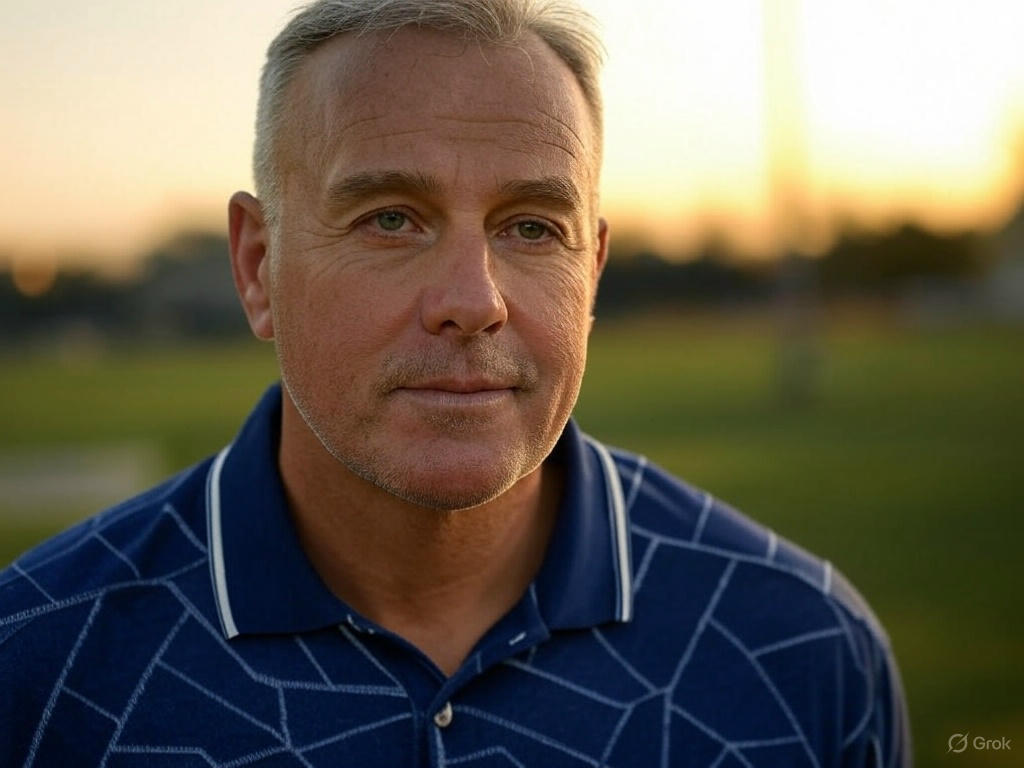Drivers expect danger from other vehicles — a distracted driver, someone speeding through a red light, or a reckless lane change. But sometimes, the true threat isn’t another person at all — it’s the road itself. Across America, highways and city streets are deteriorating faster than they can be repaired, turning everyday commutes into obstacle courses of crumbling asphalt, standing water, and broken guardrails. These invisible enemies of the road strike without warning and often leave victims wondering what went wrong.
When a crash happens because of unsafe infrastructure, the aftermath can be confusing and costly. Many drivers don’t realize that someone — a city agency, a contractor, or a maintenance company — may be responsible for those dangerous conditions. Consulting a car accident lawyer at Sears Injury Law can help uncover whether negligence in road maintenance played a role. What seems like an unavoidable accident might actually trace back to preventable hazards hidden in plain sight.
Potholes: The Silent Traps Beneath Your Wheels
Potholes are more than just bumps in the road — they’re traps waiting to claim unsuspecting drivers. A deep pothole can burst a tire, bend a rim, or jar the steering system, sending a car spiraling into another lane. At night or during heavy rain, they’re nearly invisible until it’s too late.
These gaping craters don’t appear overnight; they form gradually when water seeps into small cracks, freezes, and expands. When road crews neglect routine maintenance, those small cracks evolve into dangerous hazards. Drivers who hit them often have no chance to react — and cities that ignore road deterioration are gambling with public safety.
Poor Drainage and the Danger of Hidden Water
Few things are more terrifying than suddenly losing control of your vehicle on a slick, flooded roadway. Standing water from poor drainage can cause a vehicle to hydroplane, leaving the driver helpless as the car glides across the surface. A few seconds of lost traction can end in a devastating crash.
Good drainage design is an invisible hero of roadway safety — until it fails. When clogged drains or uneven road surfaces allow water to pool, every storm becomes a hazard. Government agencies that overlook this maintenance risk transforming a simple rainfall into a multi-car pileup.
Broken or Missing Guardrails: The Forgotten Lifelines
Guardrails are the silent protectors of the highway — until they’re not. A missing or damaged barrier can mean the difference between a minor accident and a deadly plunge. Designed to absorb impact and redirect vehicles, guardrails only work when properly installed and maintained.
Unfortunately, many guardrails are decades old, corroded, or poorly repaired. In some tragic cases, guardrails have even impaled vehicles instead of saving lives. Each rusted bolt and missing section represents a forgotten promise of safety — one that too often fails when drivers need it most.
Uneven Pavement and Shoulder Drop-Offs
A road should feel smooth and predictable, but when one tire suddenly drops off the pavement edge, panic sets in. The instinct to yank the steering wheel back onto the road can cause overcorrection — one of the leading causes of rollover crashes. Uneven pavement and shoulder drop-offs are particularly treacherous for large vehicles and motorcycles.
These hazards usually develop from poor construction practices or neglect. Over time, erosion or vehicle wear creates uneven surfaces that threaten stability. When agencies cut corners or skip inspections, they’re not just saving money — they’re gambling with lives.
Construction Zones Left in Chaos
Construction zones should represent progress, but too often they become scenes of confusion and danger. Narrow lanes, missing signs, loose gravel, or abrupt detours can make navigation difficult even for cautious drivers. When workers pack up without restoring proper road conditions, they leave behind ticking time bombs for the next motorist.
Contractors and municipalities share the responsibility to ensure safety during and after every project. Proper signage, lighting, and cleanup aren’t optional; they’re lifesaving measures. When negligence leaves a construction site unfinished or unsafe, accountability becomes as important as asphalt.
Nature’s Role: Weather and Neglect Collide
Rain, snow, heat, and time are constant enemies of every road. Cracks widen, shoulders erode, and asphalt weakens under pressure. But while nature may start the problem, it’s human neglect that allows it to grow into danger. A washed-out shoulder or a frost-heaved road can remain hazardous for months if no one takes responsibility for repairs.
The solution lies in proactive inspection and maintenance. When officials fail to act, small issues become deadly ones. Preventing road-related accidents requires more than just infrastructure — it demands vigilance and accountability.
Hidden Dangers After the Crash: Delayed Responsibility
The consequences of a crash can be just as challenging as the event itself—especially when poor road conditions are involved. Too often, local authorities delay investigations or deny accountability, leaving victims to navigate frustration and financial strain on their own.
- Delayed investigations – Agencies may postpone examining the scene, allowing key evidence to fade or disappear.
- Denial of responsibility – Authorities might shift blame to the driver instead of addressing infrastructure issues.
- Loss of crucial evidence – Skid marks fade, debris gets cleared, and maintenance records can conveniently “go missing.”
- Difficulty proving negligence – Without timely documentation, it becomes harder to establish fault or pursue compensation.
Acting quickly to photograph the scene, preserve debris, and request public maintenance logs can make all the difference. True accountability doesn’t end with the crash—it continues through persistence and careful documentation after it.
When the Road Itself Is to Blame
When an accident occurs, most people assume it was the driver’s fault. But sometimes, the road was the real culprit. Crashes caused by poor maintenance aren’t “acts of nature” — they’re acts of negligence. Cities and counties have a duty to design, build, and maintain safe roads, and when they fail, innocent people pay the price.
Holding responsible parties accountable does more than compensate victims — it sparks change. When legal action exposes dangerous patterns of neglect, it pressures those in power to fix what’s broken. Every lawsuit, every investigation, and every demand for safer roads helps ensure that others won’t suffer from the same hidden hazards lurking on our streets.

Jared H. Furness is a well-known sports analyst and writer. He is known for his skill in player stats in sports like football, basketball, and baseball. Jared has a sharp eye for detail and a passion for uncovering stories behind the numbers. He is known for writing detailed, SEO-friendly articles. They attract both fans and professionals.
His work often appears on major platforms. It offers detailed breakdowns of player performances, game highlights, and strategic insights. Jared makes complex statistics easy to understand and engaging. His articles, like the Boston College Eagles vs. UVA game analysis and the Arizona Diamondbacks vs. Miami Marlins match, show his talent for mixing data analysis with engaging stories.
Jared is known for producing human-written, plagiarism-free content. His pieces rank well on Google. This helps fans and analysts easily find his expert views on key matchups. Jared H. Furness raises the bar in sports stats journalism. He highlights Bobby Witt Jr.’s amazing plays and key moments in EuroLeague basketball.





